Market Growth Projections
The Global Molluscicides Industry is poised for substantial growth, with projections indicating an increase from 0.56 USD Billion in 2024 to 1.36 USD Billion by 2035. This growth trajectory suggests a compound annual growth rate of 8.41% from 2025 to 2035. The expansion of the market is likely driven by various factors, including rising agricultural demands, technological advancements, and increased awareness of sustainable practices. As the industry adapts to changing consumer preferences and regulatory landscapes, the potential for growth remains robust, positioning molluscicides as a vital component of modern agricultural practices.
Regulatory Support for Biopesticides
Regulatory frameworks increasingly favor the use of biopesticides, which include certain molluscicides, within the Global Molluscicides Industry. Governments worldwide are implementing policies that promote the development and use of biopesticides as part of integrated pest management strategies. This regulatory support is crucial in encouraging manufacturers to invest in research and development of safer and more effective molluscicides. As a result, the market is likely to witness a surge in biopesticide adoption, aligning with global sustainability goals and enhancing the overall growth trajectory of the molluscicides sector.
Rising Demand for Sustainable Agriculture
The Global Molluscicides Industry experiences a notable increase in demand for sustainable agricultural practices. Farmers are increasingly seeking environmentally friendly solutions to manage pest populations, including mollusks. This shift is driven by consumer preferences for organic produce and the need to comply with stringent regulations on chemical usage. As a result, the market is projected to grow from 0.56 USD Billion in 2024 to 1.36 USD Billion by 2035, reflecting a compound annual growth rate of 8.41% from 2025 to 2035. This trend underscores the importance of developing molluscicides that align with sustainable farming practices.
Technological Advancements in Formulations
Innovations in molluscicide formulations significantly influence the Global Molluscicides Industry. Advances in biotechnology and chemistry have led to the development of more effective and targeted molluscicides, which minimize non-target effects and enhance efficacy. For instance, the introduction of bio-based molluscicides derived from natural sources has gained traction, appealing to environmentally conscious consumers. These technological advancements not only improve pest control but also align with the growing demand for sustainable agricultural solutions. As the industry evolves, the integration of cutting-edge technologies is likely to drive market growth and expand the range of available products.
Growing Awareness of Food Safety and Quality
Consumer awareness regarding food safety and quality is a driving force in the Global Molluscicides Industry. As consumers become more informed about the potential health risks associated with chemical residues in food, there is a growing preference for products that are free from harmful substances. This trend is prompting farmers to adopt molluscicides that are less harmful to human health and the environment. Consequently, the demand for safer molluscicide options is expected to rise, influencing manufacturers to innovate and provide products that meet these evolving consumer expectations.
Increasing Crop Losses Due to Mollusk Infestations
The Global Molluscicides Industry is significantly impacted by the rising incidence of crop losses attributed to mollusk infestations. Various crops, including vegetables and fruits, face threats from pests such as snails and slugs, which can lead to substantial economic losses for farmers. Reports indicate that these infestations can reduce crop yields by up to 30%, prompting farmers to seek effective molluscicide solutions. As awareness of the economic implications of these pests grows, the demand for molluscicides is expected to rise, further propelling market growth in the coming years.


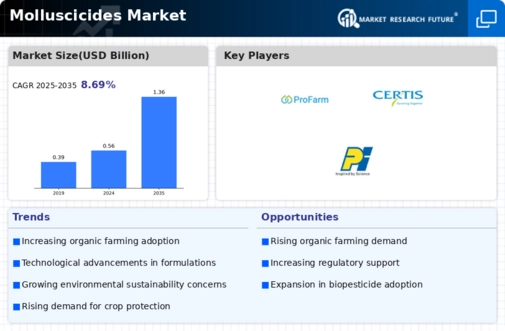
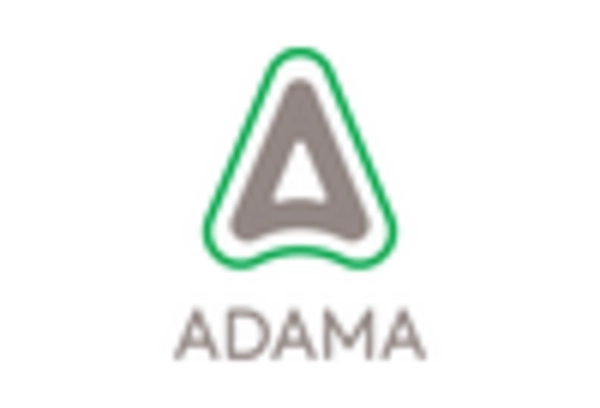

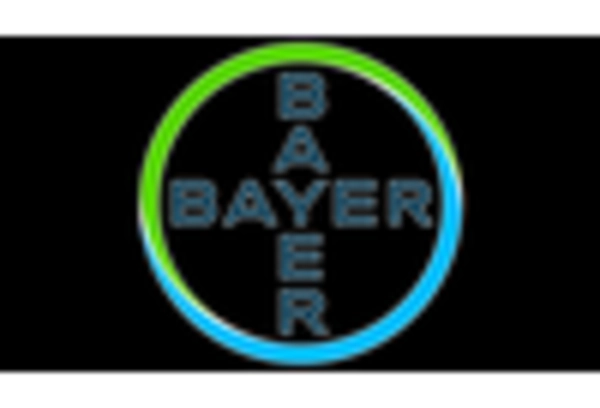
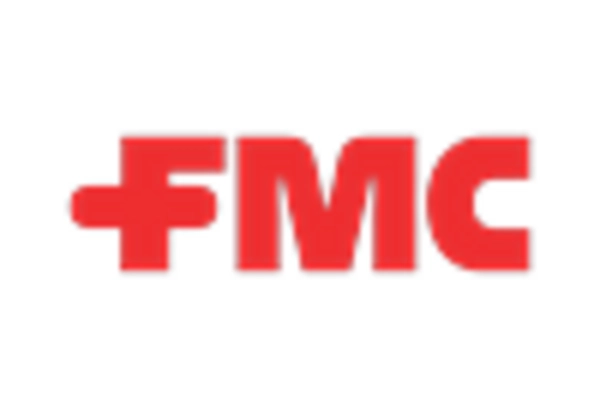
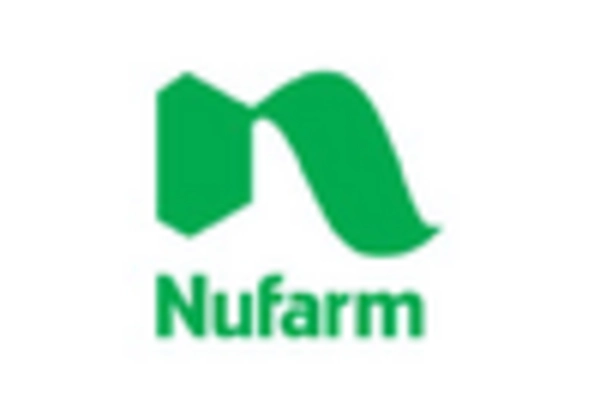
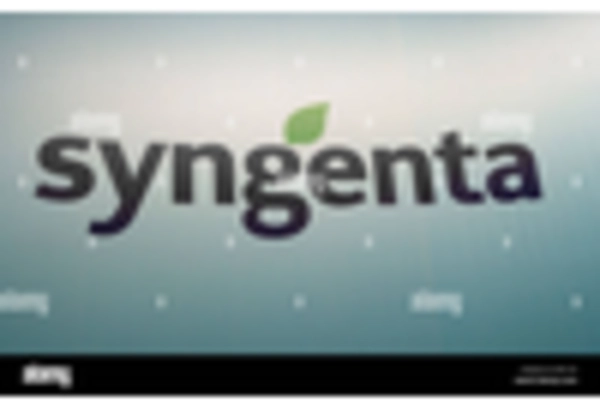








Leave a Comment